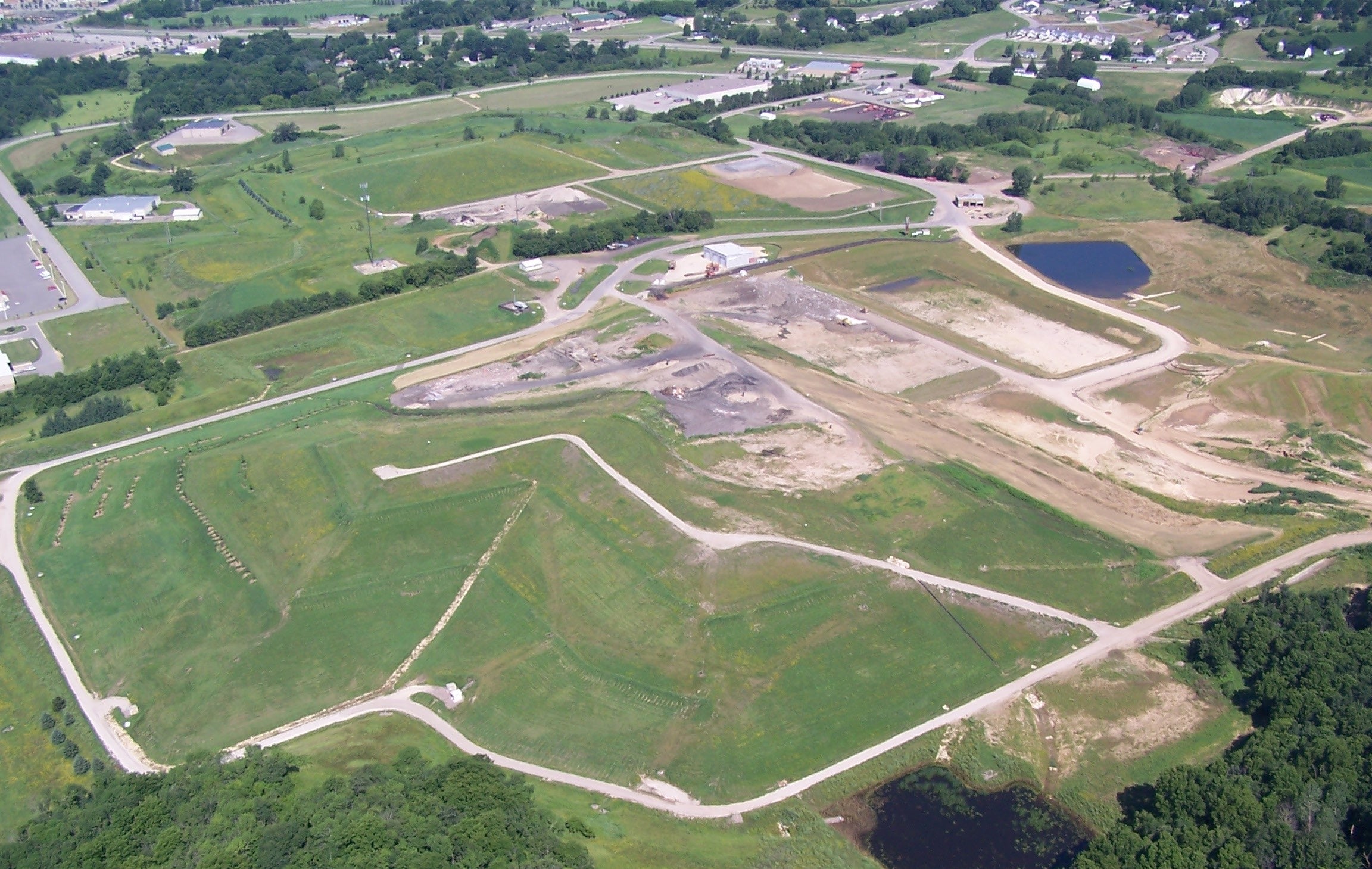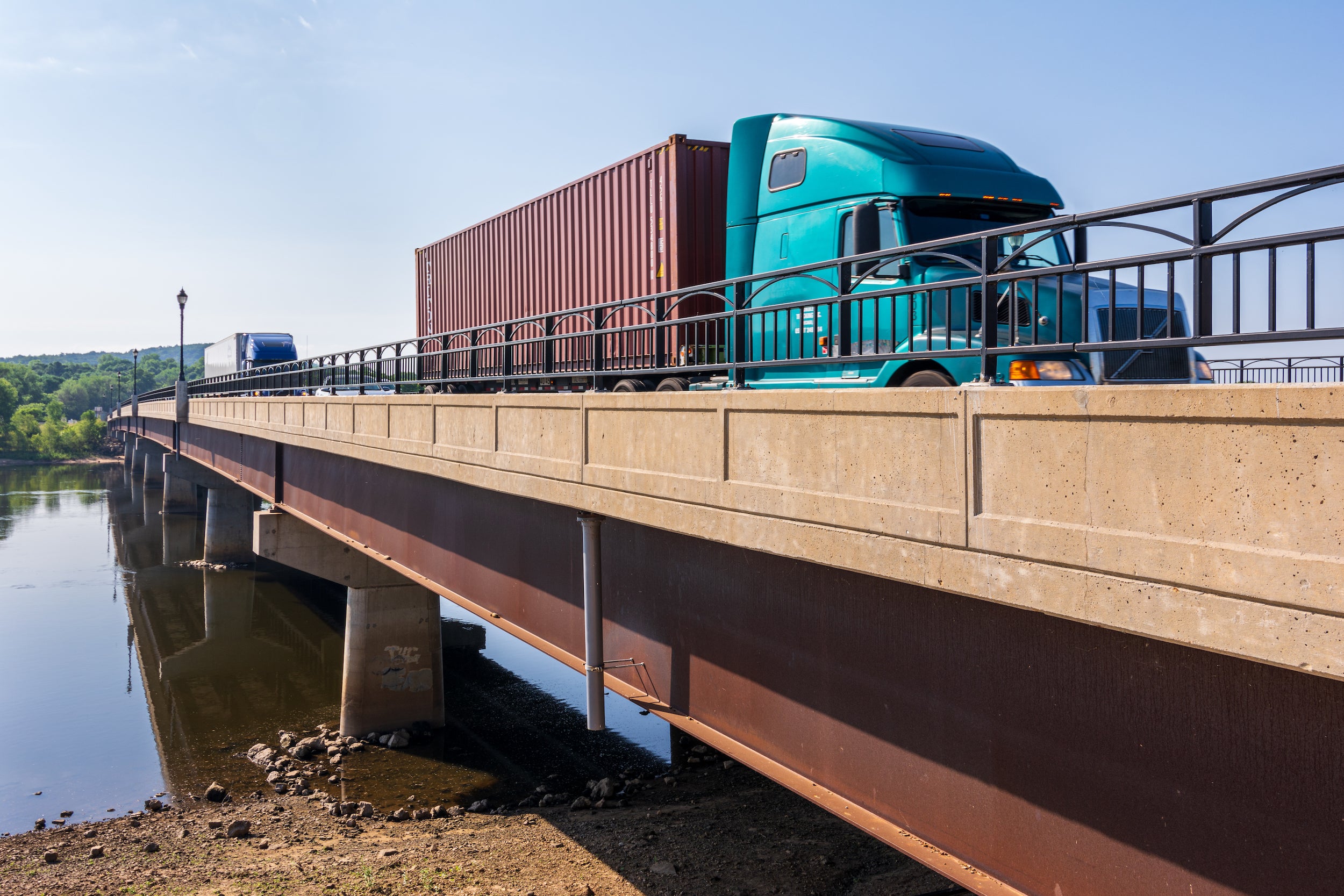A report card from a group of civil engineers graded Wisconsin’s infrastructure with a C+ in an assessment that covers 17 categories, including parks, roads and energy.
That grade is a slight improvement from the 2020 report card, when Wisconsin received a C.
The American Society of Civil Engineers issues the report card every four years as a way to give residents and policymakers a picture of where a state stands when it comes to transportation, water systems, waste management and other infrastructure. This year, Wisconsin became the first state to have broadband evaluated as part of the report.
Stay informed on the latest news
Sign up for WPR’s email newsletter.
Ken Mika is a regional director for the engineering society who is based in Green Bay and one of the co-authors of the latest report card.
“(This year’s grade) tells us that we are currently in a position where there are some areas that do need to get improved immediately, but nothing is detrimental,” Mika told WPR’s “Wisconsin Today.”
The report card is intended to identify infrastructure areas with critical needs and to keep things running smoothly where the state is already doing well.
“A lot of times, people don’t know what’s going on with infrastructure unless something bad is happening,” Mika said. “Nobody knows what civil engineers are up to until a bridge collapses.”
The report authors offered three key recommendations for raising the state’s grade in 2028:
- Increase overall investment in infrastructure;
- Ensure that infrastructure is safe, reliable and resilient;
- Monitor access and improve data collection.
Mika joined “Wisconsin Today” for a look at some of the report’s key findings.
Roads get a C with recent investments
Wisconsin has more than 115,500 miles of roadways, and most of them saw improved pavement conditions since the previous report in 2020.
That is largely due to an influx of local, state and federal funding, including the 2021 Infrastructure Investment and Jobs Act, according to the report. However, that funding is set to expire in 2026.
“That’s going to be when the real questions begin. Because if we are not able to sustain this amount of infrastructure investment into our roadways and other areas, we’re going to see everything drop to pre-2021 infrastructure grades,” Mika said. “We need to figure out what the long-term plan is.”
For Mika, that includes identifying new funding models since the Wisconsin gas tax has remained the same since 2006 despite inflation. He also pointed to the fact that gas usage is down with more electric vehicles on the road.
“We need to figure out what’s the better way to cover the true costs of using our roadways than what we’ve been doing in the past,” he said.

Public parks get a D due to maintenance backlogs and low funding
This year is the first time report authors evaluated Wisconsin’s public parks, and the category received a D.
Mika chalked up the low grade to a lack of funding. He said Wisconsin has a wide gap between public park participation and how much the state Department of Natural Resources spends on the parks.
“The DNR spent an average of $3.39 per state resident on parks, which is the second lowest rate of all states in the United States,” Mika said. “That’s about $1.09 per visit, which is the lowest in the country, despite being ranked 17th nationally in participation.”
To boost the state’s public parks grade next time, the report recommends investing in critical upgrades to facilities, roads and drinking water at the parks.

Broadband gets a C-
Wisconsin is the first state to have a broadband grade in the infrastructure report card.
Mika said he was initially surprised by the low grade, given recent state and federal investments in broadband. But after reviewing the data, he said that limited access and low speeds in rural areas need to be addressed.
“We’re starting to realize that the older parts of the broadband network are not able to handle the latest and greatest speeds that are required for many of our new infrastructure as we become more of a data-centric society,” Mika said.
He pointed to the heavy use of broadband at home, schools and workplaces, as well as in operating infrastructure systems such as traffic lights or wastewater facilities.

Waste management, ports and rail all receive B grades
The highest grades in this year’s infrastructure report card are in the B range, and that includes hazardous waste, solid waste, rail and ports.
For Mika, the common thread in these higher-performing categories is public-private partnerships. He offered the example of waste management.
“We have both private and publicly owned landfills in Wisconsin, and the DNR works with both entities correctly to the point where the private entities are being responsible and covering their costs and their share while also protecting the environment,” Mika said.
He also pointed to ports as an example of effective public-private partnerships in the state, with many ports being led by a local public entity but also receiving significant investment from private companies.
Schools are given an ‘incomplete’
Another first on this year’s report, schools received an “incomplete.”
“Because of the lack of data since 1999, we weren’t able to fully do what we would have felt as a proper amount of evaluation and grading,” Mika said.
For this report, the engineering society looks at school buildings, not educational programs, Mika explained. He hopes that the grade in the report card will create a push for more publicly available information on school facilities.
“If the state of Wisconsin can, it would be a good time to update the data so that the public can be better informed of what’s going on with our schools,” he said.
Read the 2024 report card for Wisconsin’s infrastructure here.

